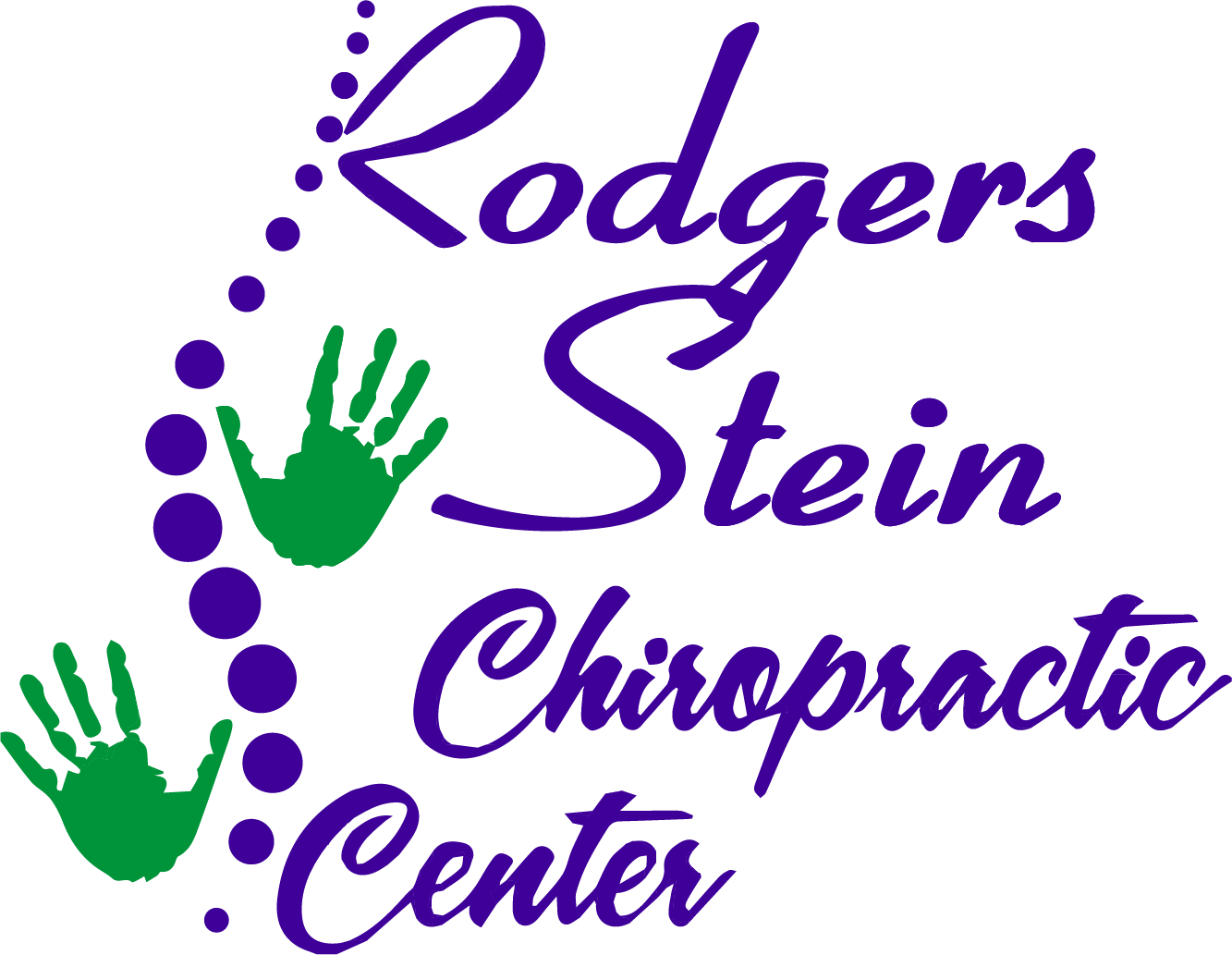You might think flexibility is just about being able to touch your toes, but its benefits go far beyond that. By enhancing your flexibility, you can improve your range of motion, boost your athletic performance, and even prevent injuries. Plus, incorporating flexibility exercises into your routine can lead to better posture and reduced muscle tension, contributing to overall wellness. Curious about how these advantages can transform not just your workouts but your daily life? Let's explore the unexpected ways flexibility can enhance your health and well-being.
Improved Range of Motion
When you increase your flexibility, you'll notice a significant boost in your range of motion. This improvement allows you to perform daily tasks with greater ease and comfort. Whether you're reaching for something on a high shelf or bending down to tie your shoes, enhanced flexibility makes these movements smoother and less strenuous.
Incorporating flexibility exercises into your routine can help you stretch tight muscles and improve joint function. You'll find that as your flexibility increases, you'll have an easier time executing movements that require twisting and bending. This not only enhances your physical comfort but also helps prevent injuries.
Tight muscles can lead to strain and discomfort, but by improving your flexibility, you're reducing that risk.
Moreover, having a greater range of motion can benefit your posture. With improved flexibility, your body aligns more naturally, which can alleviate tension in your back and neck. You may even notice that you feel more relaxed overall.
Additionally, flexibility plays an essential role in your body's ability to recover from physical activity. When your muscles are more pliable, you can bounce back faster after workouts, reducing soreness and stiffness.
Enhanced Athletic Performance
When you improve your flexibility, you're not just enhancing your range of motion; you're also setting the stage for better athletic performance.
Greater flexibility allows your body to move more freely, which can lead to increased speed and agility.
Plus, with effective injury prevention strategies in place, you'll stay in the game longer and perform at your best.
Improved Range of Motion
Flexibility plays an essential role in enhancing your athletic performance by improving your range of motion. When you increase your flexibility, you're allowing your joints and muscles to move more freely, which directly boosts your overall athletic capabilities.
This improved range of motion means you can execute movements with greater efficiency and power, whether you're sprinting, jumping, or lifting.
By incorporating flexibility training into your routine, you'll find that you can reach deeper stretches and perform exercises that require a wider range of motion. This not only enhances your performance but also helps you maintain proper form during activities.
With better flexibility, you can generate more force and speed, ultimately giving you a competitive edge in your sport.
Moreover, when your muscles can stretch and contract more effectively, you'll experience less fatigue during workouts. This means you can train harder and longer, leading to improved strength, endurance, and overall athleticism.
#
Injury Prevention
Strategies
Injuries can sideline athletes at any level, but implementing effective injury prevention strategies can considerably reduce that risk. One of the most essential aspects is maintaining flexibility. By incorporating regular stretching routines, you enhance your muscles' elasticity, which allows for better movement and reduces the likelihood of strains or tears during intense activities.
Additionally, you should pay attention to warm-ups and cool-downs. A proper warm-up increases blood flow to your muscles, preparing them for action, while a cool-down helps in recovery and flexibility maintenance. Don't skip these important steps, as they can make a significant difference in your performance and overall safety.
Cross-training is another effective strategy. Engaging in different sports or exercises can balance your muscle development, preventing overuse injuries. Strength training also plays a critical role; building muscle around joints provides extra support and stability.
Finally, listen to your body. If you're feeling pain or fatigue, don't push through it. Rest and recovery are key to maintaining long-term athletic performance.
Reduced Muscle Tension
When you improve your flexibility, you can greatly reduce muscle tension.
This relief not only helps alleviate chronic pain but also enhances your posture alignment.
Alleviates Chronic Pain
Chronic pain can often feel like a heavy weight dragging you down, but improving your flexibility can considerably reduce muscle tension and alleviate discomfort. When your muscles are tight, they can pull on joints and other tissues, leading to persistent pain. By enhancing your flexibility, you allow your muscles to lengthen and relax, which can ease that tension.
Incorporating stretching exercises into your routine helps improve blood circulation as well. Better blood flow means more nutrients and oxygen reach your muscles, promoting healing and reducing soreness. You'll also find that regular flexibility training helps you become more aware of your body, allowing you to recognize areas of tightness before they escalate into pain.
Moreover, practicing techniques like yoga or pilates can be particularly beneficial. These disciplines not only stretch your muscles but also teach you to breathe deeply and release stress, which can further reduce pain levels.
As you become more flexible, you'll likely notice that daily activities feel easier and less painful. So, if you're struggling with chronic pain, prioritize flexibility training—it could be the key to feeling lighter and more comfortable in your body.
Improves Posture Alignment
Improving your flexibility can greatly enhance your posture alignment, helping to reduce muscle tension throughout your body. When you stretch regularly, you're not just increasing your range of motion; you're also promoting a better alignment of your spine and joints. This alignment is essential for preventing slouching and other postural issues that can lead to discomfort.
As you improve your flexibility, tight muscles begin to relax, allowing for more natural movement patterns. You'll find that daily activities, like sitting at your desk or standing for long periods, become easier and less taxing on your body.
With better posture, you can also experience less strain on your muscles, which often leads to reduced tension and soreness. Moreover, proper alignment can enhance your breathing and circulation, which further contributes to your overall well-being.
## Injury Prevention
Flexibility plays an essential role in injury prevention, as it helps your muscles and joints move more freely. When you incorporate stretching and flexibility exercises into your routine, you enhance your range of motion. This increased mobility allows you to perform daily activities and sports without straining or overexerting your body. You're less likely to experience muscle pulls or tears when your body can move more efficiently.
Inflexible muscles often lead to compensatory movements, which can place undue stress on your joints and surrounding tissues. By improving your flexibility, you reduce the risk of such compensatory patterns, keeping your body in alignment and promoting proper biomechanics. This means you can engage in activities you love—like running, dancing, or lifting weights—without worrying about injuries.
Moreover, stretching helps increase blood flow to your muscles. The better circulation nourishes your muscles and aids in recovery, making it easier for them to bounce back from intense workouts.
Regularly practicing flexibility exercises can also help you identify tight areas in your body. Addressing these tight spots can prevent chronic issues before they develop into more serious injuries.
Better Posture
Incorporating flexibility exercises into your routine not only helps with injury prevention but also contributes considerably to better posture. When you focus on improving your flexibility, you're fundamentally working to lengthen tight muscles that might be pulling your body out of alignment. This is particularly important if you spend long hours sitting at a desk or engaging in repetitive movements.
By practicing stretches and flexibility exercises, you can target key muscle groups like your hip flexors, hamstrings, and chest. Tightness in these areas often leads to a hunched back or forward-leaning shoulders. As you gradually increase your flexibility, you'll find that your body naturally begins to align itself in a healthier position. You'll stand taller, sit straighter, and even feel more confident in your appearance.
Better posture not only enhances your physical appearance but can also improve your overall health. Good posture reduces strain on your muscles and joints, which can lead to less discomfort and fatigue throughout the day.
Furthermore, when you carry yourself well, it can positively affect your breathing and digestion, as your organs have more room to function effectively.
Stress Relief and Relaxation
Finding moments of calm in today's fast-paced world can be challenging, but flexibility exercises can be a powerful tool for stress relief and relaxation. When you engage in stretching or yoga, you not only enhance your physical flexibility but also create a sanctuary for your mind. As you focus on your breath and the movements of your body, you shift your attention away from daily pressures, allowing stress to melt away.
Incorporating flexibility exercises into your routine can lead to significant mental benefits. When you stretch, your body releases tension stored in your muscles, which often reflects mental stress. This process can promote a sense of ease and tranquility. You'll often find that after a session of stretching or yoga, you feel more grounded and at peace.
Additionally, these practices encourage mindfulness. By being present in each movement, you cultivate a deeper awareness of your body and emotions. This connection can help you process stress more effectively and respond to challenges with a clearer mindset.
Moreover, the rhythmic nature of stretching can be meditative. As you move through each position, you synchronize your breath with your actions, creating a calming flow that naturally reduces anxiety.
Conclusion
By enhancing your flexibility, you're not just improving your range of motion; you're also boosting your athletic performance and reducing muscle tension. This means fewer injuries and better posture, leading to a healthier you. Plus, the stress relief you gain from flexibility exercises creates a calming effect, making your day-to-day life more enjoyable. So, why wait? Start incorporating flexibility training into your routine and experience these surprising benefits for yourself!



